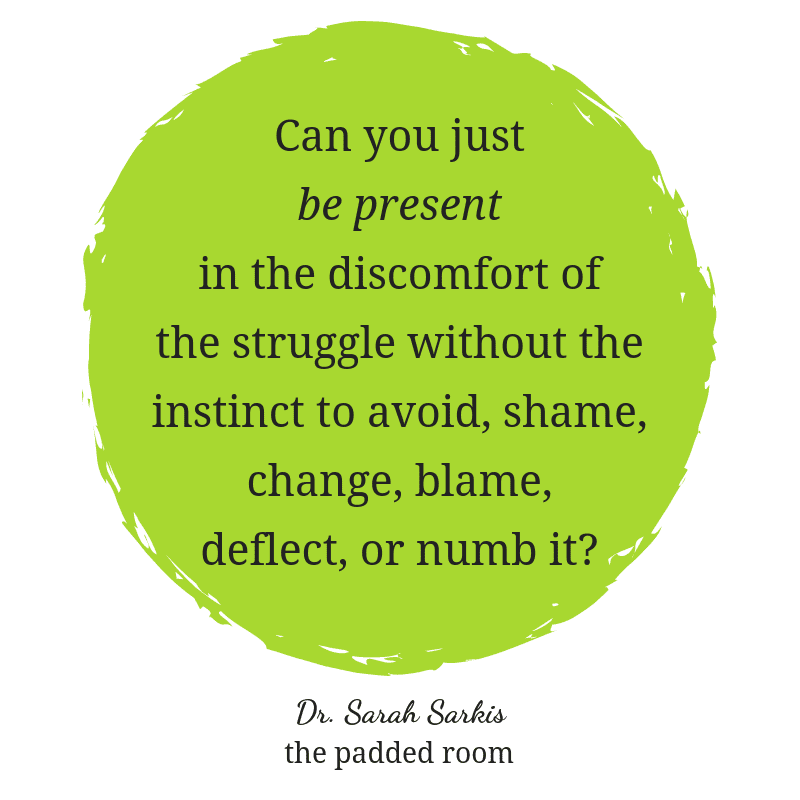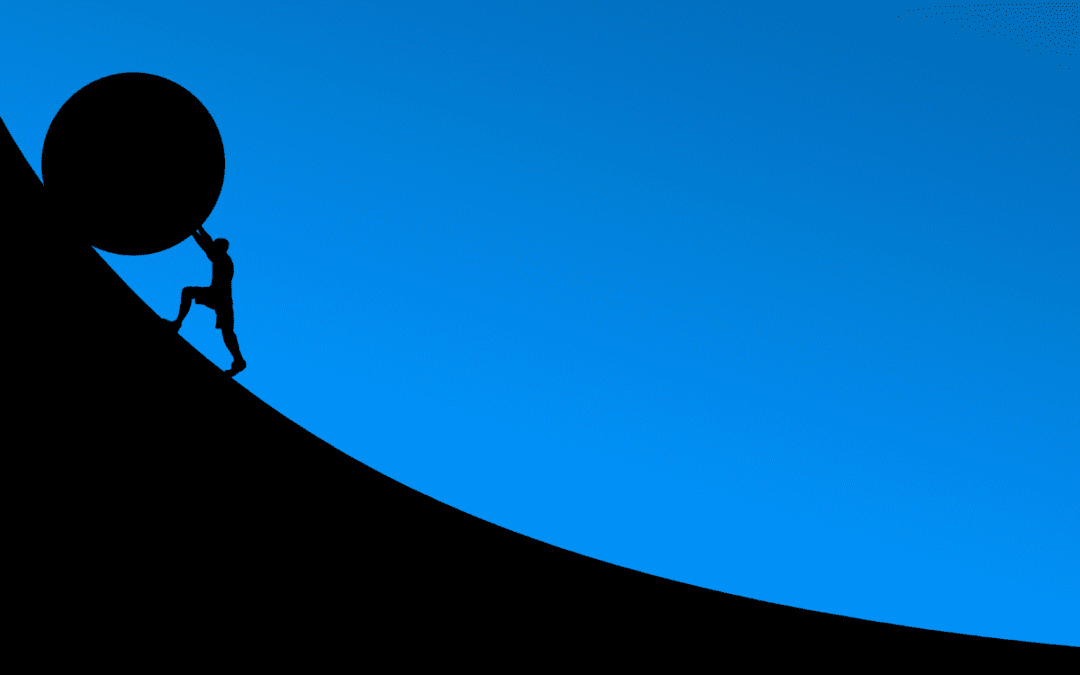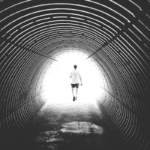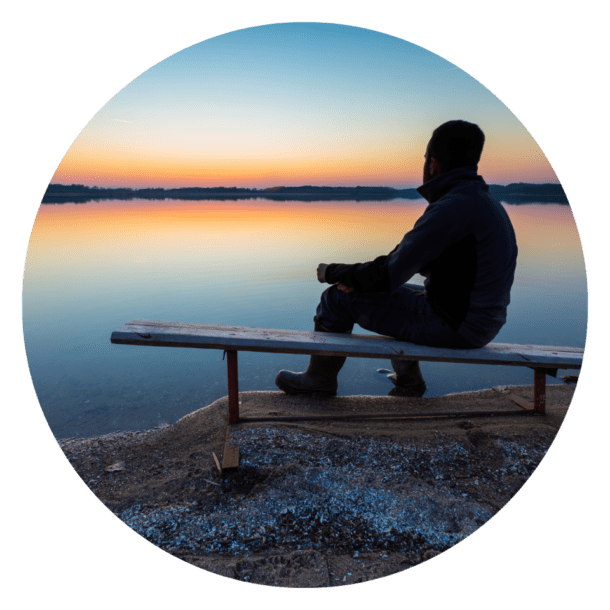I’ve logged a lot of hours in the pain cave, both self-inflicted and at the hands of others. There is no end to the various ways I have entered the arena with the gladiator that is pain and suffering. Toe-to-toe I found myself constantly returning to this wrestle, to this beast, to the constant gravitational pull towards struggle. The exhaustion that follows on the heels of that battle. The loneliness. Suffering feels solitary. It isolates. It hides. Often in plain sight. It recedes and then something different washes over me, lessons become crystallized, boundaries reinforced, patched with a mixture of heartache and grit. I regroup. One foot in front of another.
I suspect, since I’m not special or unique in any way, this probably rings true for a lot of you reading this. At least I hope so because I want to spend this blog exploring the role of suffering, struggle, and pain in our lives. It plays a more critical role than you think and it is not actually personal. Suffering and struggle don’t exist to cause you pain, that is a byproduct of its functionality. And struggle can’t be skipped or cured or medicated out of us. Suffering, like happiness, like contentment, like love, is fleeting.
No one comes to me because they feel good. It’s a funny thing about being a shrink. I’m often the last resort. Generally, by the time you get to my doorstep you have tried all the home remedies, the weekend warrior efforts at change, read the books, heard the podcasts and yet, something isn’t working. I ask every person that work with me this same question: “If therapy went 100% according to your plan, what do you hope to get what from it?” (I do this to assess how far off our “vision” of therapy is and I have learned there is no end to that chasm. But that’s a different story entirely).
And almost universally the response sounds something like this:
I want to feel better.
I want to perform better (men always say it this way).
I want to be happier.
I want to feel joy again (a lot of women say this).
Nearly everyone I ever sit with has this built in desire to try and fast forward through the struggle in order to get to the “good” stuff. There is this assumption that the suffering is in the way of their happiness, rather than it being a step in the process.
And believe me, I get it. We live in complicated times with complex, multi-faceted, and interconnected dynamics that yield an ever-increasing pressure on people to perform, achieve, keep up, measure up, look good, be happy, be grateful, and this list goes on and on. People are discontent. Disconnected. And dis-empowered. This reality spares no one. It spans genders, socioeconomic status, race, religions, and age. No one seems immune to this epidemic of dis-ease in our society.
As my years in the therapy chair have deepened, I observed that struggle, like so many of the dynamics I attempt to deconstruct here in the Padded Room appears to be a universal trend. Additionally, struggle appeared to precede periods of time where profound contentment (joy or gratitude, etc) washed ashore. These observations, that struggle appeared to be both universal and transient, sent me searching for answers for why that might be? What is the fuel source that drives these cycles of struggle in our lives? Nowadays we have a label for everything, we call it anxiety, depression, etc. and the unspoken, but ever-present assumption, is that what you are experiencing is pathological; that your suffering deviates from the norm. But what I was experiencing in the trenches of the human condition was the opposite. It appeared from my vantage point that everyone had this rhythmic nature to their suffering. It would roll in like a storm on the horizon and then recede. I began to wonder is it the goal of therapy to help you feel better? Is it even reasonable to strive for happiness as a therapeutic goal? Where does that leave grief, sadness and pain? Are they just detours from the pursuit of contentment or do they serve a purpose in our mind, brain and body that is unique and, dare I say, necessary? How do we build resiliency, grit and emotional flexibility without struggle?
These questions led me to the field of optimal or positive psychology, which then lead me to the study of flow or optimal states of experience. Flow has a whole series of very specific qualities that are present when the brain is in it, but for the purpose of this essay I just want to focus on the larger picture here. I don’t want us to get too mired in the discussion of flow (they’ll be more on this in the coming months, I promise). But suffice it to say, these “optimal states” (and let’s widen the lens to include micro states of flow like happiness, love, moments in meditation, athletic, artistic and professional achievements) are merely moments in time, a current or stream you can catch and ride like a wave. But it will crest and then it will recede. Optimal states, it turns out, is the third of four neurobiological cycles. And guess what phase kicks off this whole optimal state cycle? That’s right, struggle! It turns out, our brains require a certain amount of friction in order to get some traction.
When I started to view struggle from this lens, it made total sense. Time under tension has always been the most effective method of building physical endurance and emotional and neurologic endurance follows the same rules of engagement. The struggle matters in the cycles that follow because it is the soil from which you prime your brain and mind to learn the craft of endurance. Struggle and suffering are the birthplace of grit, resiliency and eventually wisdom.

This realization helped me to begin the arduous process of reframing suffering as a normal cycle in the way our brain and mind metabolizes and processes our life experiences. If you try and skip the struggle, you end up never getting to the bliss. You can’t skip steps, it’s a cycle for a reason. Everything is impermanent and everything feeds into the next cycle. When you try and skip the hard shit, you hijack your own ability to ever bask in the glory. Turns out that happiness is merely the “second wind” after struggle and release. You can’t get to the other side of the mountain unless you get in the game and wrestle with struggle, suffering and friction.
It’s in the friction that struggle forces us to adapt, re-adapt, course correct, observe, and make micro-adjustments in our behavior and world view. This is the place where resiliency and courage converge to shape and sculpt our emotional agility and flexibility. I see now, both as a clinician and a human, that struggle is another one those wise, sage teachers, like fear, whose lessons are both fleeting and revealed only in hindsight.
This is not complicated. But it is also not easy. That is why so many of the people that find their way to my office have spent decades trying to circumvent the struggle. There is no way around it; struggle is baked into our neurobiology.
So, what I am asking of you is to begin to observe your struggle.
Where do you struggle most?
How do you orbit around this injury, this soft spot?
Who would you be today without those gritty and difficult chapters? Really think about that. Don’t just gloss over it.
Can you just be present in the discomfort of the struggle without the instinct to avoid, shame, change, blame, deflect or numb it.
Resist the urge to skip it.
Get in the arena. Go toe-to-toe.
Trust your process.
Find grace.
Take a deep breath.
Now another.
Rinse and repeat.
The science is clear, the remedy is in the wrestle.






What are the 4 nuerobiological cycles mentioned? Struggle is one, and ….
release. flow. recovery.